A portable non-invasive microwave based head imaging system using compact metamaterial loaded 3D unidirectional antenna for stroke detection
- PMID: 35614198
- PMCID: PMC9132942
- DOI: 10.1038/s41598-022-12860-8
A portable non-invasive microwave based head imaging system using compact metamaterial loaded 3D unidirectional antenna for stroke detection
Abstract
A metamaterial (MTM) loaded compact three-dimensional antenna is presented for the portable, low-cost, non-invasive microwave head imaging system. The antenna has two slotted dipole elements with finite arrays of MTM unit cell and a folded parasitic patch that attains directional radiation patterns with 80% of fractional bandwidth. The operating frequency of the antenna is 1.95-4.5 GHz. The optimization of MTM unit cell is performed to increase the operational bandwidth, realized gain, and efficiency of the antenna within the frequency regime. It is also explored to improve radiation efficiency and gain when placed to head proximity. One-dimensional mathematical modelling is analyzed to precisely estimate the power distribution that validates the performance of the proposed antenna. To verify the imaging capability of the proposed system, an array of 9 antennas and a realistic three-dimensional tissue-emulating experimental semi-solid head phantom are fabricated and measured. The backscattered signal is collected from different antenna positions and processed by the updated Iterative Correction of Coherence Factor Delay-Multiply-and-Sum beamforming algorithm to reconstruct the hemorrhage images. The reconstructed images in simulation and experimental environment demonstrate the feasibility of the proposed system as a portable platform to successfully detect and locate the hemorrhages inside the brain.
© 2022. The Author(s).
Conflict of interest statement
The authors declare no competing interests.
Figures
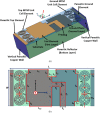







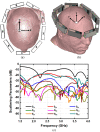





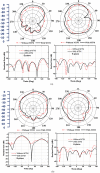







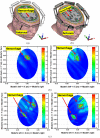
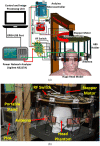

References
-
- Boulton, A. The diabetic foot: from art to science. The 18th Camillo Golgi lecture. Diabetologia, 47(8):1343–1353 (2004). - PubMed
Publication types
MeSH terms
LinkOut - more resources
Full Text Sources
Medical

